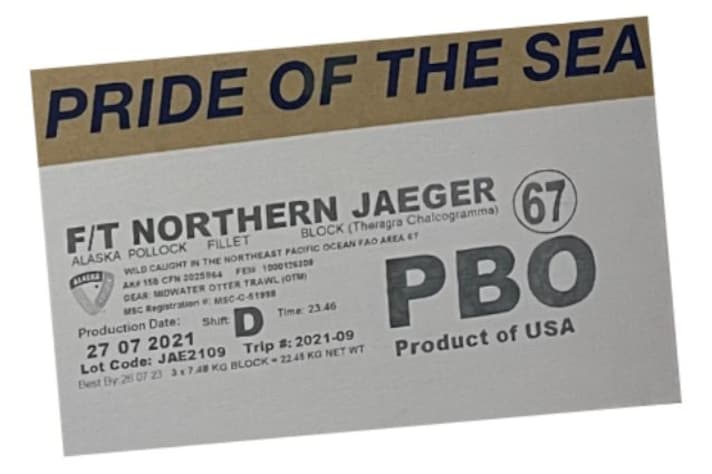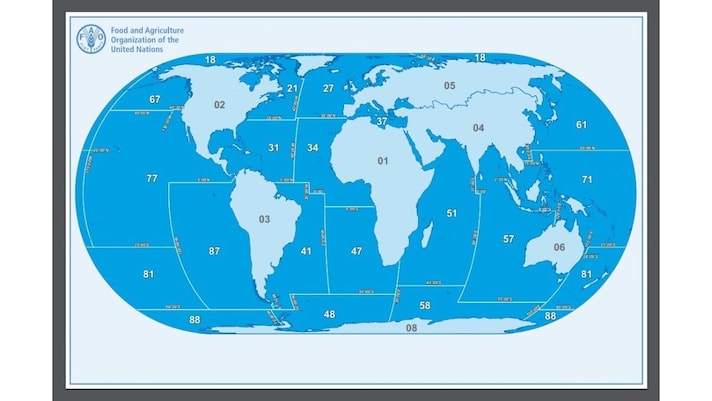
If you want to have a clearer idea about the fish you are buying, and where it comes from, it is a good idea to consult the so-called FAO fishing zones. This wording is indicated on the packaging: how can you recognize it?
Many of us, we hope, when purchasing fish (especially fresh or defrosted fish) have wondered where the product in your cart came from. A question to ask your trusted fishmonger or the fish department clerk if there is a fish counter in your supermarket.
What should we do, instead, if we find ourselves with a ready-made package (just to give a few examples) of tuna, salmon or trout? How can we understand, in the event that there is no one ready to satisfy our doubt?
It is good to know that this information is visible on the package label, even if probably many people do not know it. Just read, and know how to read, the wording reported to trace the areas of origin of the fish.
Not only the type of product, the expiration date or the indication of the fishing tools used, but also another indication that is difficult to interpret for the uninformed consumer: the FAO area. Which, said like that, could still remain obscure to understand.

How many have noticed, and subsequently asked, what that specific indication meant? It is, in truth, a very important piece of information, which is often probably not given the right weight or is not even noticed. In fact, it is the area of origin of the fish (or molluscs, crustaceans), the exact place where it was caught.
A wording, therefore, that informs the buyer precisely not only about the sea, but also about the possible internal basin, where the fishing took place. Packages of salmon, tuna, cod, trout, amberjack, swordfish and so on; all must have the indication of where the fish was caught. Not only on those of defrosted fish (when it comes from distant seas, it must for obvious reasons be frozen for transport), also the packages of preserved fish (for example canned tuna or salmon, both in oil and in water) must provide this indication.

Based on the number indicated on the package, it is possible to trace the place where the fish was caught. For example, the fishing zone related to the Mediterranean Sea, corresponds to the number 37. All the other zones referring to the seas are instead the following, also available on the map published on the FAO website.
18: Arctic Sea
21: Northwest Atlantic
27: Northeast Atlantic and Baltic Sea
31: Central-West Atlantic
34: Central-Eastern Atlantic
37: Mediterranean and Black Sea
41: Southwest Atlantic
47: South-East Atlantic
48-58-88: Southern Ocean
51-57: Indian Ocean
61-67-71-77-81-87: Pacific Ocean
To these macro areas, more precise sub-areas with respective divisions must be added.
Are These Any FAO Areas to Avoid?
The indication of the fishing zone represents useful information for the consumer, to be taken into account when purchasing. In recent years especially if there has been a sea to avoid, or at least limit, the products it has been the one to the North of Japan, off the coast of the Fukushima power plant, protagonist in 2011 of a dangerous leak of highly toxic material that then poured into the surrounding waters.
In the months following that disaster, various countries around the world warned consumers, many of whom avoided purchasing fish products from those areas, identified precisely with the number 61. From here in 2020 alone, approximately 21 million kilos of fish, crustaceans and molluscs arrived in Italy alone.
;Resize,width=767;)
